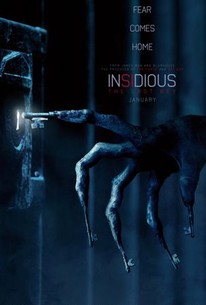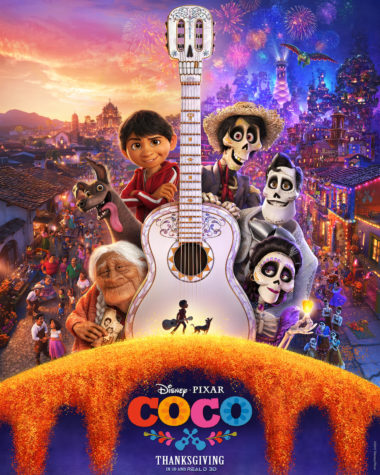Grave of the Fireflies
February 2, 2017
Rating: TV-MA
Score: 8 out of 10
Grave of the Fireflies is a 1988 anime movie created by Isao Takahata based off Akiyuki Nosaka’s book of the same name. The film was initially released by Studio Ghibli and paired with My Neighbor Totoro in theaters due to their contrasting nature. While its companion thrived due to its light-hearted story about the journey of two sisters, Grave of the Fireflies gained its popularity due to its gripping, but depressing story about a brother, Seita, and sister, Setsuko, as they struggle to survive following the firebombing of Kobe, Japan in WWII.
The city of Kobe is a major trading city located on the southwestern coast of Honshu Island, the middle and largest island that makes up the country of Japan, and for this reason in World War II, the city was targeted by the United States and firebombed on March 16, 1945, March 17, 1945, and June 5, 1945. During the raids, over 8,841 people ended up dying, while another 650,000 people were left homeless. For Japanese audiences viewing movies set during one of these bombings is as typical as us here in America watching a film that focuses on our own history during the groundbreaking war. However, the different setting allows western audiences to experience a new look into the effects the war had on those outside of their own border, which can be just as important to understand and learn especially considering this was one of the many bombings that occurred worldwide before the end of the war.
Although Studio Ghibli is known worldwide for its lighthearted and mystical films, Grave of the Fireflies proves that the company can work with much more serious and realistic issues using its same hand-drawn style and soft natural colors. Due to the film’s focus on the devastations of war, it is sure to upset the faint of heart or easily offended as the opening segments display the burning of Kobe, charred remnants of the city, and fatally burned survivors who are moments from death. However, it does have sparse hopeful and lighthearted scenes, such as when the children find a field of fireflies and place them in a jar or when Seita gives Setsuko a candy from his small tin of sweets.
Seita is the duo’s guardian and protector, and although he often acts happy, he knows that to survive the pair may need to steal, loot, and remain hopeful that they might survive to see their father again. The story is primarily told through a third person view, however Seita is later revealed to be the narrator by the end of the film. His primary motivation for living is to keep him and his sister alive throughout the movie even if their living situation can be unrealistic and even hazardous to both of their health.
Throughout the movie, Setsuko is the symbol of innocence and hope in the duo with her seeing the bright side of their struggle to survive mainly due to her youth and inexperience with life. During the start of the movie her constant complaining can be a distraction, but is often relatable as she witnesses everything important to her being taken away. Although at first, she does not understand why the two must now move outside their hometown, she quickly adapts to their new life both with the siblings’ aunt and at the bomb shelter they eventually make into a home. Sadly, however, Seita eventually leaves all of her other family members.
Grave of the Fireflies, the animation and book, were created to spread an anti-war message by telling the world that everyone involved both indirectly at home and directly through fighting ultimately suffers in the end. Although it could be debated if each truly achieved their end goal, both did truly affect their audiences as the animated movie won a Blue-Ribbon Award in 1985, and two Chicago International Children’s Film Awards in 1994, and the book also spawned two live action films in 2005 and 2008. For the cost of twelve dollars for standard DVD and eighteen dollars Blu-ray, this movie is well worth a watch for anyone whether they love historical films or animation because of its questions it raises by the end on to what extent is war necessary.









